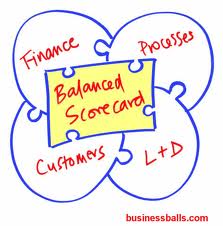This Pugh cartoon was used to illustrate a story in the Mail claiming that ‘behind every successful man is a woman keeping out of the way’. Psychologists were claiming that the secret of success may be a spouse who stands at your side – but keeps out of the way.

Maybe, maybe not but the notion of a hidden “pause prompter” is interesting!
Many presenters, when the adrenaline is flowing and nervous energy kicks in, make the same error. They talk non-stop, with no ‘signposts’ and can’t wait to finish and get off stage. This is not a question of speed of speech, something difficult to change, it is a question of a one-way constant flow of uninterrupted verbiage.
It is very difficult to listen to and those evaluating will switch off. It means you come across as over-anxious and lacking authority.

The solution is simple, it is the ‘power of the pause’. Practise it in rehearsal. Pause before every new point, to add emphasis, at the end of important statements and at handovers. If you are using notes write in the PAUSES. It may feel slow and deliberate to you but your audience will see you as confident. And they will feel refreshed.
The pause is something of a hobby horse and covered in earlier posts: The King’s Speech. Some pitch! Churchill 1, Obama 0. Next time imagine your hidden prompter and pause for dramatic effect.







